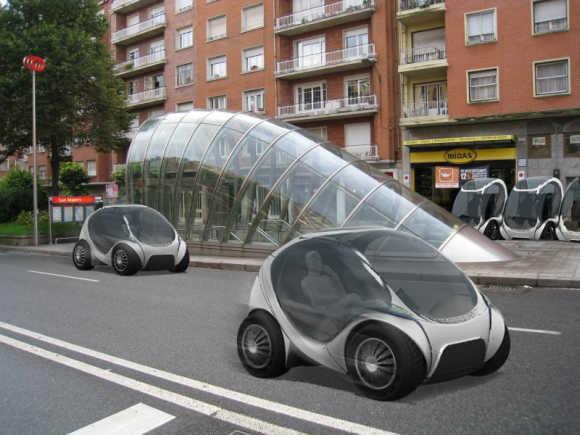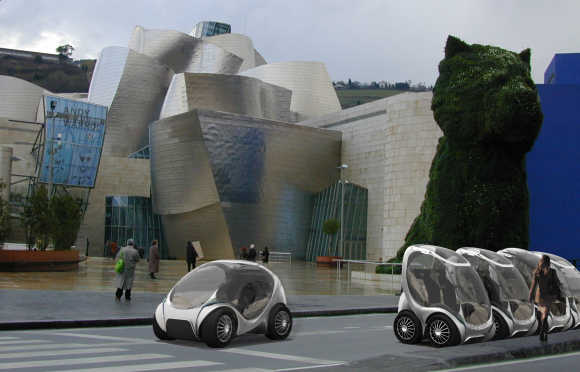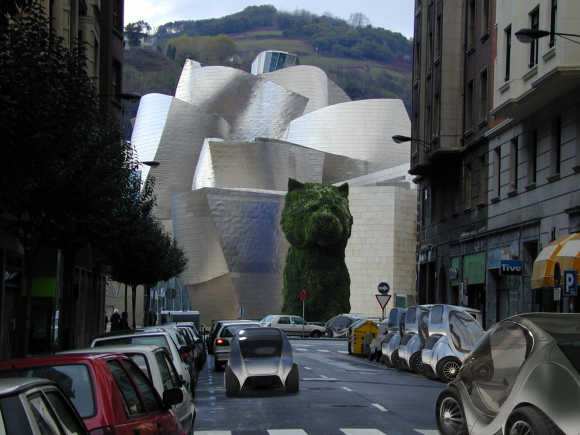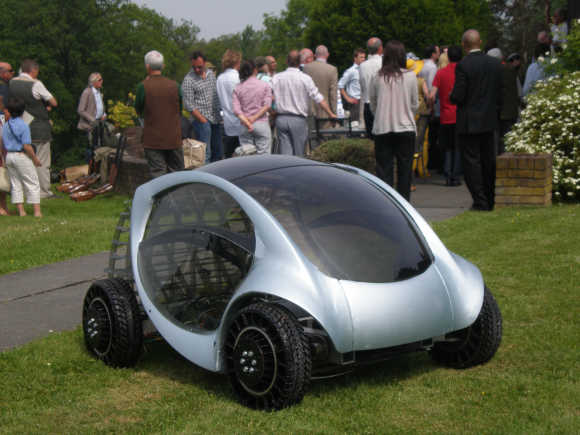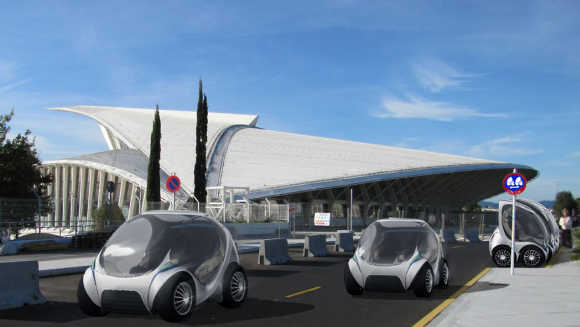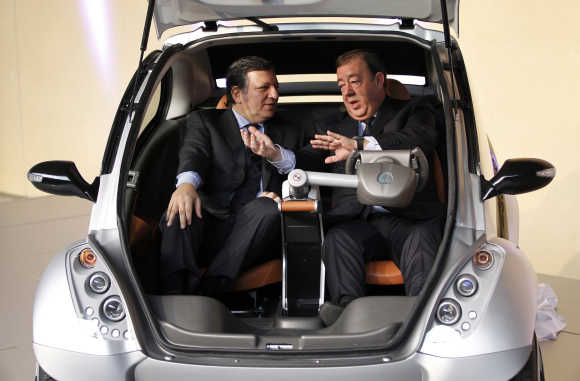 | « Back to article | Print this article |
Car that can folds itself set to go on sale!
The Hiriko is a folding two-seat urban electric car being develolped by the Hiriko Driving Mobility consortium in the Basque Country.
The electric car is the commercial implementation of the CityCar project developed by the Massachusetts Institute of Technology Media Lab since 2003.
Click NEXT to read more...
Car that can folds itself set to go on sale!
The name Hiriko comes from the Basque word for 'urban' or 'from the city'. Three versions are being developed: the Fold microcar; the Alai, a convertib#8804 and the Laga, a small truck.
Click NEXT to read more...
Car that can folds itself set to go on sale!
The Hiriko is designed specifically for short-distance urban carsharing programs and municipal fleets. A manufacturing trial of 20 pre-production cars began in Vitoria-Gasteiz in July 2012, Spain, and sales are expected to begin in 2013.
Click NEXT to read more...
Car that can folds itself set to go on sale!
The concept behind the Hiriko urban electric car was originally conceived by the late William J Mitchell and his Smart Cities Research Group at the MIT Media Lab in 2003 as the MIT Car and later the CityCar project.
Click NEXT to read more...
Car that can folds itself set to go on sale!
The commercial development of the Hiriko began in 2010 in the Science park of Alava, Basque Country, by the Spanish consortium Hiriko Driving Mobility, which is working with MIT Media Lab Smart Cities Group and the Spanish government.
Click NEXT to read more...
Car that can folds itself set to go on sale!
The microcar is powered by a lithium-ion battery pack that allows a range of 120km. The drive motors are located inside each of the four wheels, and has an electronically controlled maximum speed of 50 km/h.
Click NEXT to read more...
Car that can folds itself set to go on sale!
The Hiriko Fold weighs less than 500kg, has an extended length of 2.5 metres and its hinged body allow the microcar to retract its front and rear modules, enabling the Hiriko to fold upwards to 1.5 metres for parking.
Click NEXT to read more...
Car that can folds itself set to go on sale!
This feature allows three and a half Hiriko Folds to fit in a typical urban parking space. Each of the four wheels can turn 60 degrees left or right, enabling the car to travel sideways, which makes parallel parking a very easy manoeuver to accomplish, and this flexibility allows the car to spin on its central axis.
Furthermore, the battery pack is placed on the vehicle's floor producing a low center of gravity.
Click NEXT to read more...
Car that can folds itself set to go on sale!
The car has no doors, instead the driver and the passenger clamber in and out through the front hatch that houses the windshield. The conventional steering wheel and the brake and throttle controls were replaced with a device similar to an airplane's yoke.
When the driver pushes the control stick forward the car speeds up, while when pulled back the car slows down. Turns are made by moving the yoke control left or right.
